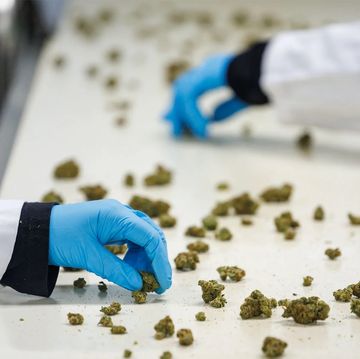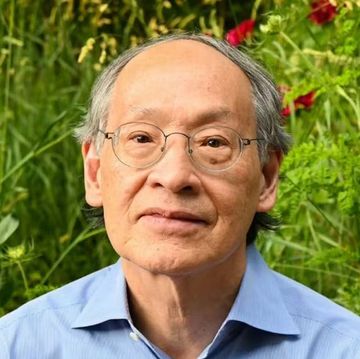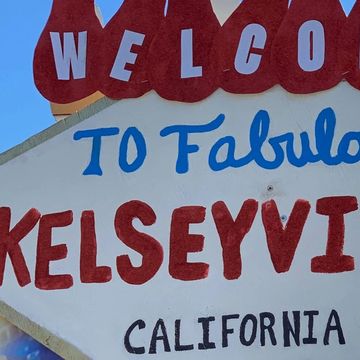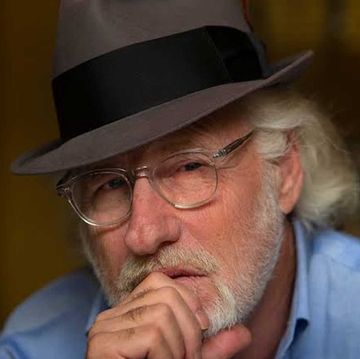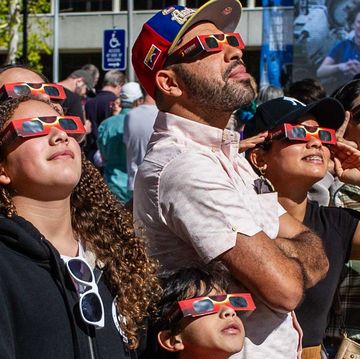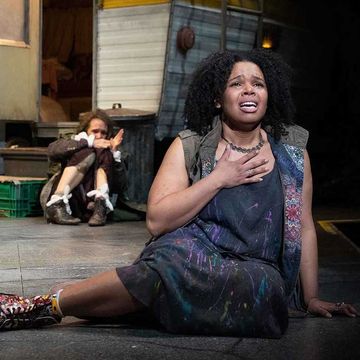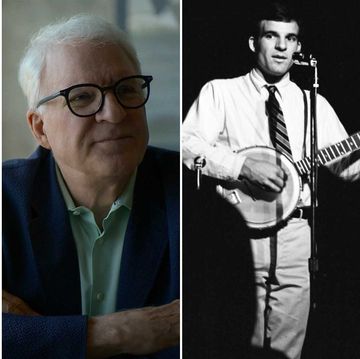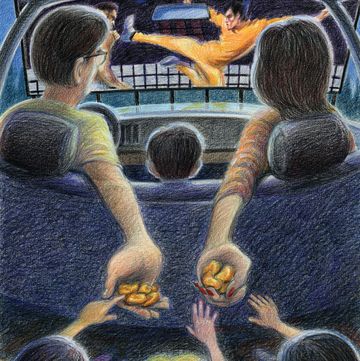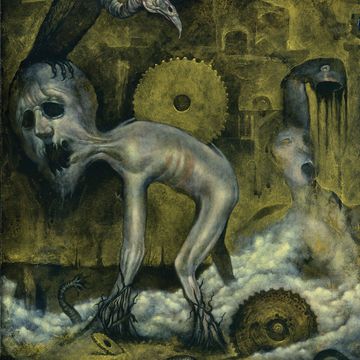Situated at the foot of a militarized wall that tells Mexicans, in ways both subtle and menacing, to keep their distance and know their place, Tecate is the only Pueblo Mágico on the border.
It would seem almost impossible for a community to hold on to its magic under those circumstances, to ignore the ugly gash between nations, to retain an identity that’s neither party town nor staging ground. Yet Tecate lives up to the designation. It’s gracious without feeling prepackaged, a city the size of Burbank that’s walkable, attuned to its Indigenous history, and comfortable in its own skin.
This article appears in Issue 26 of Alta Journal.
SUBSCRIBE
Getting There
The road to Tecate cuts inland from San Diego, a curvy 40-mile trip on Highway 94 through the Mountain Empire towns of Jamul and Dulzura. The last stop—tiny Tecate, California, home to 200 people—has one gas station and two brokers of Mexican auto insurance. If you don’t stop there, you’ll be rolling across the border before you know it. The return trip is almost as easy: Tecate’s scale is so modest, its location just far enough east of congested Tijuana, that cars entering the United States here regularly make it through the checkpoint in a miraculous 20 minutes or less.
Where to Visit
Life in Tecate revolves around Parque Miguel Hidalgo, a placid, one-square-block plaza shrouded in pine and oak that serves as the town’s gathering spot. Closed to cars on two sides, the park boasts dozens of wrought-iron benches, an invitation to sit and linger that so much civic architecture is loath to extend. Old-timers in cowboy hats play chess on the built-in tabletop boards, preschoolers in pigtails run circles around the central gazebo, and young lovers snuggle in the shadows. When a vendor comes through with an ice cream pushcart, what stands out is her regulation orange safety vest: Tecate is orderly and polite, even when it’s hustling.
Tecate’s namesake brew was acquired more than a dozen years ago by Heineken, the world’s second-largest beer conglomerate, which steals a bit of magic from the iconic black eagle logo towering over the city. But beer is still made at the Tecate brewery, which employs some 2,000 local workers, and even though tours have been suspended since the pandemic, anyone can show up and receive one free cerveza a day. It’s a slightly clinical process—a security guard studies your ID before issuing you a red raffle ticket and unlocking the beer garden door—but not a bad way for a multinational corporation to coexist with its neighbors.
Many U.S. visitors to Tecate head straight for Rancho La Puerta, a pricey wellness resort offering weeklong visits. It’s a self-contained experience, inaccessible to nonguests, but its influence can be felt everywhere. Fundación La Puerta, the resort’s charitable arm, has sought to mitigate Tecate’s industrialization by promoting environmental education and safeguarding habitat. The foundation helps maintain Parque del Profesor, a free 32-acre ecological preserve that offers invigorating hikes and spectacular views of both sides of the U.S.-Mexico border. The professor in question—a bust of him stands sentry at the park’s entrance—is Edmond Szekely, the Romanian visionary who founded Rancho La Puerta with his Brooklyn-born wife, Deborah, in 1940.
Tecate’s earliest inhabitants, the Kumeyaay (or Kumiai in Spanish), enjoy a sacred place in the city’s narrative. For a peek into Tecate’s past, visit the Museo Comunitario Tecate, where an interactive diorama of Kumeyaay life depicts hunters, basket weavers, and shamans adapting to the seasons. The museum’s most contemporary exhibit is devoted to the legacy of Rancho La Puerta, a display that comes across as crassly promotional for a community museum. But that’s only until you discover the two dozen videotaped oral histories of veteran resort workers; Rancho La Puerta employs some 400 people (including artisans) at any given time. In their words and emotions, you can glimpse what a job with stability and purpose has meant for generations of Tecatenses.
Where to Eat
Since 1969, El Mejor Pan de Tecate has been making the case that Tecate is Baja’s bakery capital. Grab a cafeteria tray and tongs before navigating the aisles of conchas and cuernos and empanadas. Taquería Los Amigos, no-frills and mostly open-air, cranks out guacamole-slathered carne asada tacos on a superbly chewy base of double corn tortillas for $2 each. For a Michelin-caliber splurge, don’t miss the seasonal tasting menu at Restaurante Amores, where Japanese Mexican chef Marcelo Hisaki and his wife, Reyna, apply their European training to ingredients from Baja’s land and sea. Nights tend to end at Tecate’s oldest watering hole, Bar Turistico Diana, a family-owned dive that glows like a beacon on the central plaza.
Where to Stay
For a balance of adventure and escape, you can’t do much better than Santuario Diegueño, whose 26 rooms are spread across a terraced property wrapped in ivy and bougainvillea. Close to the center of town—a 15-minute walk gets you to Parque Miguel Hidalgo—it also features a stone-inlaid hilltop pool for recharging. The rear of the hotel abuts the border wall, a proximity that’s both startling and candid.
Side Trip
Tecate is the gateway to La Rumorosa, a geological odyssey of otherworldly rock formations in the Sierra de Juárez, about 35 miles east of town on Federal Highway 2D. The road has inspired poets, birthed ghost stories, and humbled countless drivers. To experience La Rumorosa’s mystery without the hairpin turns, consider a stop before the descent at El Vallecito, a well-curated archaeological site featuring Kumeyaay cave paintings, or Campo Alaska, a former military barracks and abandoned mental hospital that now showcases Indigenous artifacts.•
Jesse Katz, a former staff writer for the Los Angeles Times and Los Angeles magazine, is the author of the book The Opposite Field.






